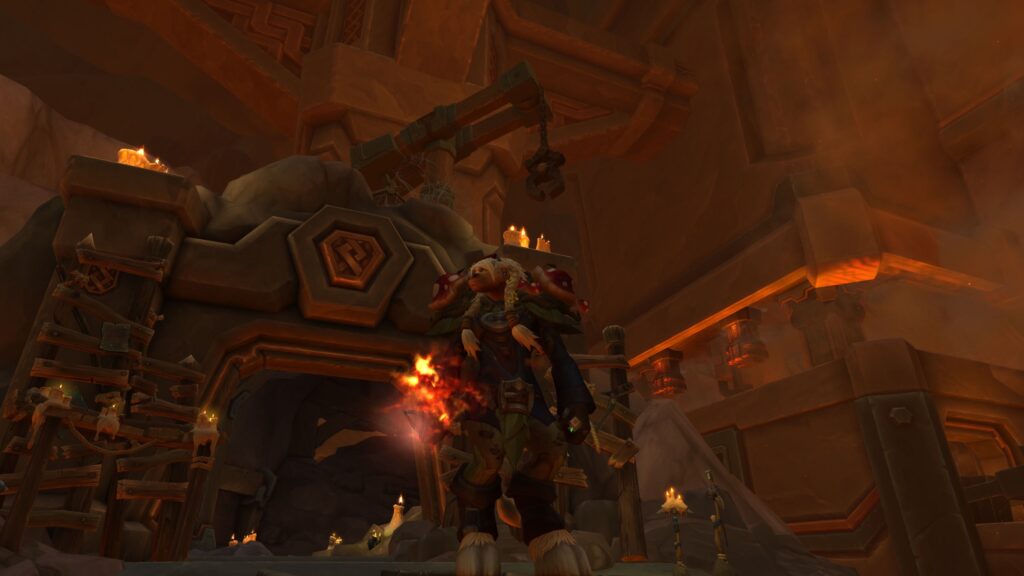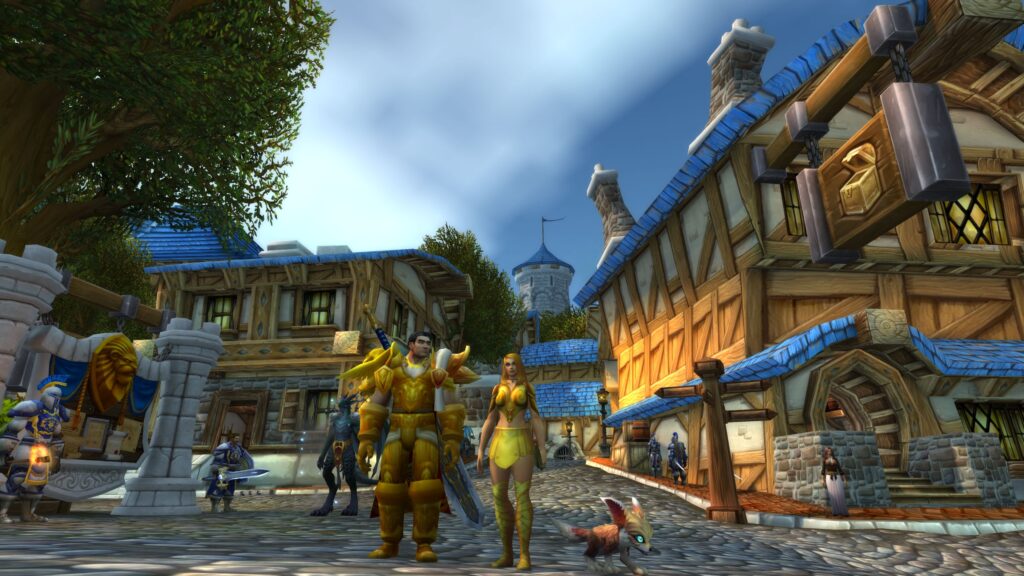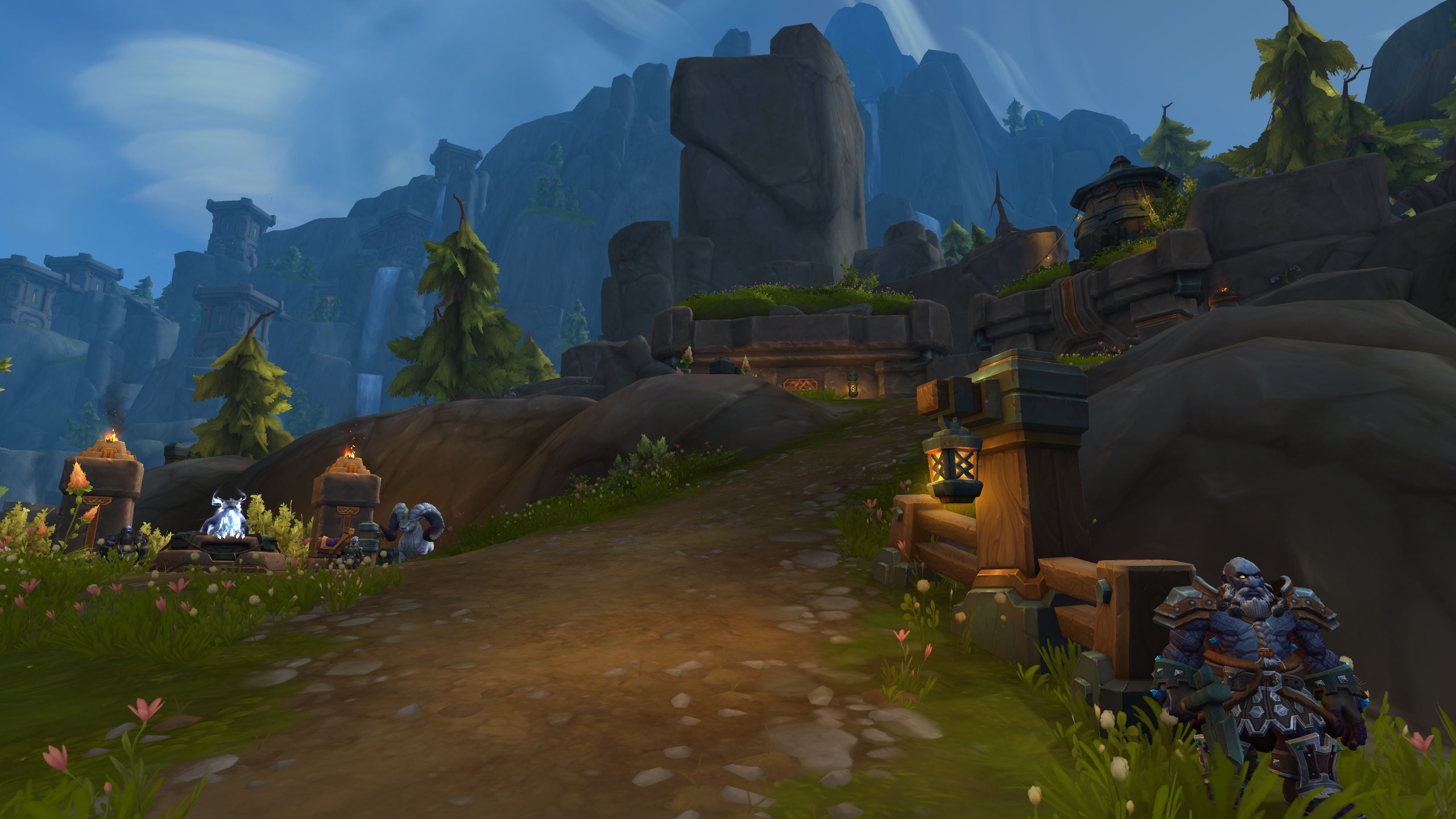Introduction
World of Warcraft is a graphically intensive game that demands a lot from your computer, especially in raids, battlegrounds, and large open-world zones. If you’re experiencing lag, frame rate drops, or other performance issues, optimizing your settings can make a huge difference. In this guide, we’ll walk you through several tips and techniques to improve your WoW performance, ensuring smoother gameplay and reducing in-game lag.

Adjusting Graphics Settings for Performance
One of the most effective ways to improve WoW’s performance is to adjust the graphics settings. Depending on your computer’s specifications, certain settings can be turned down or off to boost frame rates and reduce lag:
- Texture Quality: Reducing texture quality can significantly improve performance, especially on lower-end PCs. Lower textures require less memory and processing power, making your game run smoother.
- Shadow Quality: Shadows are resource-intensive, especially in large areas with complex lighting. Lowering or disabling shadows can improve frame rates.
- Anti-Aliasing: Anti-aliasing smooths jagged edges but can be demanding on your system. Lowering or disabling anti-aliasing can improve performance, especially in crowded environments.
- Particle Density: Lowering particle density reduces the number of effects displayed, such as spells or explosions. This can help improve performance, particularly during large raids or battlegrounds.
Improving Network Performance

Lag in WoW can also be caused by network issues, including high latency or packet loss. Here are some ways to improve your network performance:
- Use a Wired Connection: If possible, use an Ethernet cable instead of Wi-Fi to connect to the internet. Wired connections provide more stability and lower latency than wireless ones.
- Close Background Applications: Other applications using your internet connection (such as streaming or downloads) can cause WoW to lag. Make sure to close unnecessary programs while playing to free up bandwidth.
- Check Your Latency: WoW displays your latency in the lower-right corner of the screen. If your latency is high, try switching to a different server or using a VPN to reduce lag.
Tweaking Addons and UI
Too many addons can slow down your game, especially if they are poorly optimized. To improve performance, follow these tips:
- Limit Addons: While addons can be useful, too many can reduce your game’s performance. Disable any unnecessary addons or consider using an addon manager like CurseForge to ensure only essential addons are running.
- Use Minimal UI Addons: Addons like ElvUI offer a complete UI overhaul while being optimized for performance. Choosing a minimal UI can reduce the load on your system.
- Update Addons: Make sure your addons are up to date. Developers often release updates to optimize performance and fix bugs, so keeping your addons current will help avoid slowdowns.
Conclusion

Optimizing your WoW performance involves a combination of adjusting your graphics settings, improving network connectivity, and managing your addons. By making these adjustments, you can reduce lag, increase frame rates, and enhance your overall gaming experience. Whether you’re raiding, questing, or just enjoying the world of Azeroth, these tweaks will help you enjoy smooth and immersive gameplay.
Performance Optimization Overview
| Optimization | Action | Benefit |
|---|---|---|
| Graphics Settings | Reduce texture, shadow, and particle density | Improves frame rate and reduces lag |
| Network Performance | Use wired connection and close background apps | Reduces latency and improves stability |
| UI and Addons | Limit and update addons, use minimal UI | Improves UI responsiveness and game performance |

